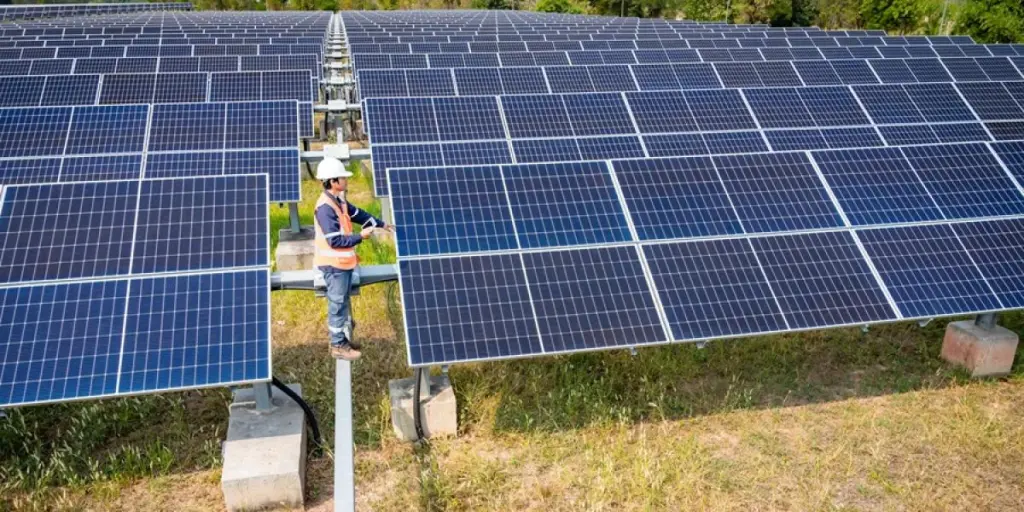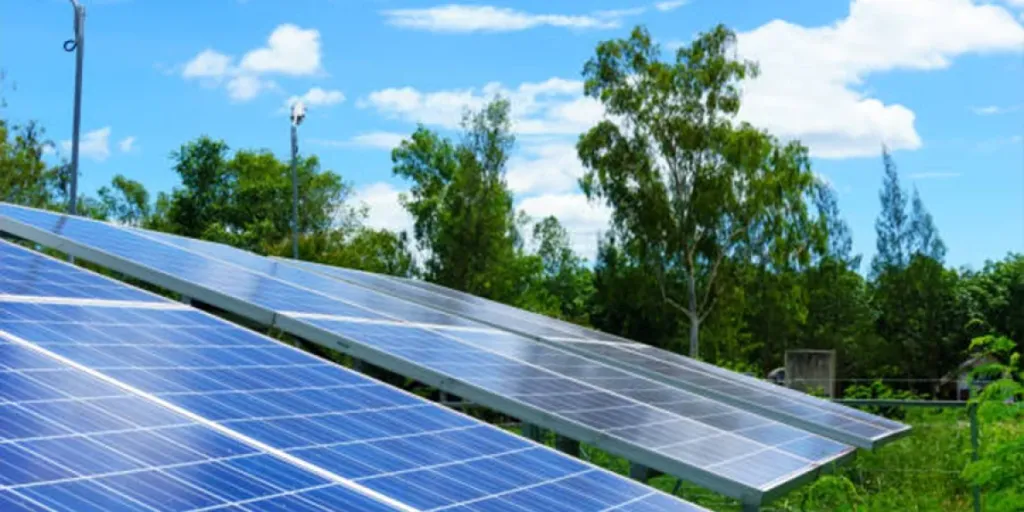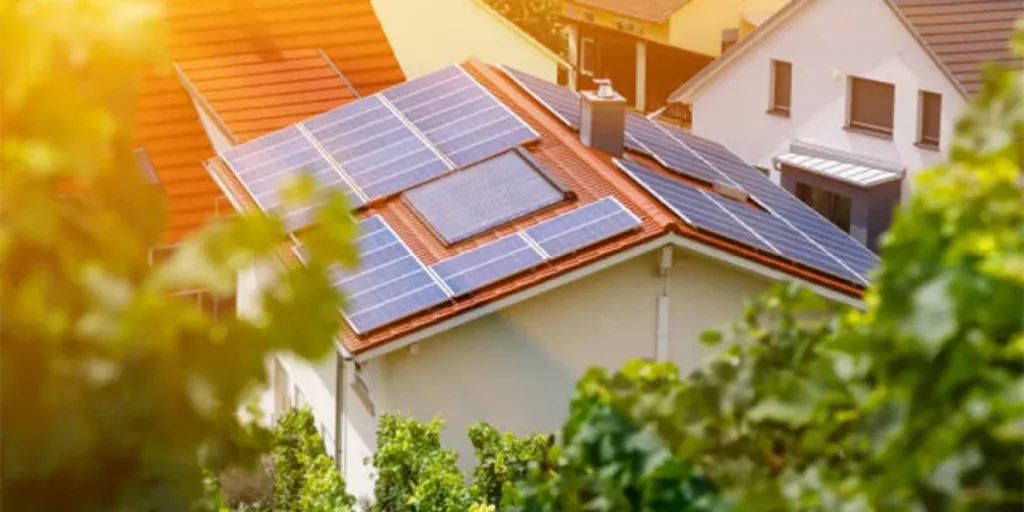- The cumulative installed solar PV capacity of the US expanded to 161 GW DC at September 2023-end with 6.5 GW DC added in Q3/2023
- Utility-scale led the additions with more than 4 GW DC, followed by 1.8 GW DC in the residential segment
- A backlog of sales gets cleared in California; residential solar segment is likely to grow significantly till Q1/2024
- The US is expected to exit 2023 with 55% annual growth with nearly 33 GW DC, but the future doesn’t look too promising
Federal clean policies are expected to spur the US to expand its solar PV installation capacity by 55% in 2023 with a record high of nearly 33 GW DC, according to the Solar Energy Industries Association (SEIA) and Wood Mackenzie. Yet, over the next 5 years, they forecast 14% average annual growth expecting interconnection bottlenecks and transmission capacity to play spoilsport.
The market grew by 6.5 GW DC in Q3/2023, reflecting a 35% YoY increase and 16% growth over 5.6 GW DC in Q2/2023, the duo notes in its US Solar Market Insight Q4 2023 (see US Installed 5.6 GW DC New Solar In Q2/2023).
Most of the additions in Q3 this year came from the utility-scale segment with over 4 GW DC, representing a 58% YoY growth when it was hit by supply chain challenges. Since the beginning of the year, this segment has already deployed a record 12 GW DC capacity thanks to supplier diversification and release of modules detained by the Customs and Border Protection (CBP).
While other regions stare at module oversupply today, spot module prices have dropped down to $0.14 to $0.15 /W. In comparison, the US has been insulated from the price dynamics, explain the report writers, as less than 0.1% of the modules have arrived from China this year thanks to the anti-dumping and countervailing duties (AD/CVD), Section 201 and Section 301.
Close to 80% of the solar modules for the US utility-scale segment come from Southeast Asia. Since the demand is more for tier I suppliers, the prices are significantly above price points in other countries, according to the report. Nonetheless, the solar industry is not worried about module supply, but is concerned regarding lead times for electrical equipment such as transformers and high-voltage circuit breakers.
Analysts point out, “This has already increased balance of system (BOS) pricing for utility-scale solar. With no signs of this trend reversing, we expect electrical equipment availability to be one of several factors slowing utility-scale solar growth in the next several years.”
The residential segment grew by 12% YoY, with 1.8 GW of DC installations during the period, majorly driven by 735 MW DC in California, as backlog projects come online that were sold before the net billing switch in mid-April 2023. Going by this anticipated growth, the report writers peg 13% annual growth in this segment. The ‘enormous backlog’ of sales is expected to drive installations growth that will last through Q1/2024.
Once the backlog dries up, the residential segment will experience a drop again which should be around early- to mid-2024. In 2024, this segment will witness an annual decline of 12%, forecasts the report.
While utility and residential installations improved YoY, for commercial solar it was a 3% YoY and 6% sequential decline to 363 MW DC in the reporting quarter. The primary reason analysts state for this decline in this segment is developers shifting focus from more mature state markets as New York, New Jersey and Massachusetts, to the ones with lower development costs, more land, growing electricity demand and rising electricity rates.
Community solar, on the other hand, had 14% YoY and flat growth vis-à-vis previous quarter with 274 MW DC, thanks to strong installation volumes in New York and Maine. However, interconnection issues for such installations remains the biggest hurdle for the growth of this segment.
Going forward, the report sees solar industry installations coming down to low single-digits starting from 2026 as growth in all segments slows down. From 161 GW cumulative installed solar PV capacity at the end of September 2023, SEIA and Wood Mackenzie forecast it to grow to 377 GW by 2028.
“Growth is expected to be slower starting in 2026 as various challenges like interconnection constraints become more acute,” said Head of Solar Research at Wood Mackenzie and Lead Author of the report, Michelle Davis. “It’s critical that the industry continue to innovate to maximize the value that solar brings to an increasingly complex grid. Interconnection reform, regulatory modernization, and increasing storage attachment rates will be key tools.”
The complete report can be purchased from Wood Mackenzie’s website.
Source from Taiyang News
Disclaimer: The information set forth above is provided by Taiyang News independently of Alibaba.com. Alibaba.com makes no representation and warranties as to the quality and reliability of the seller and products.




